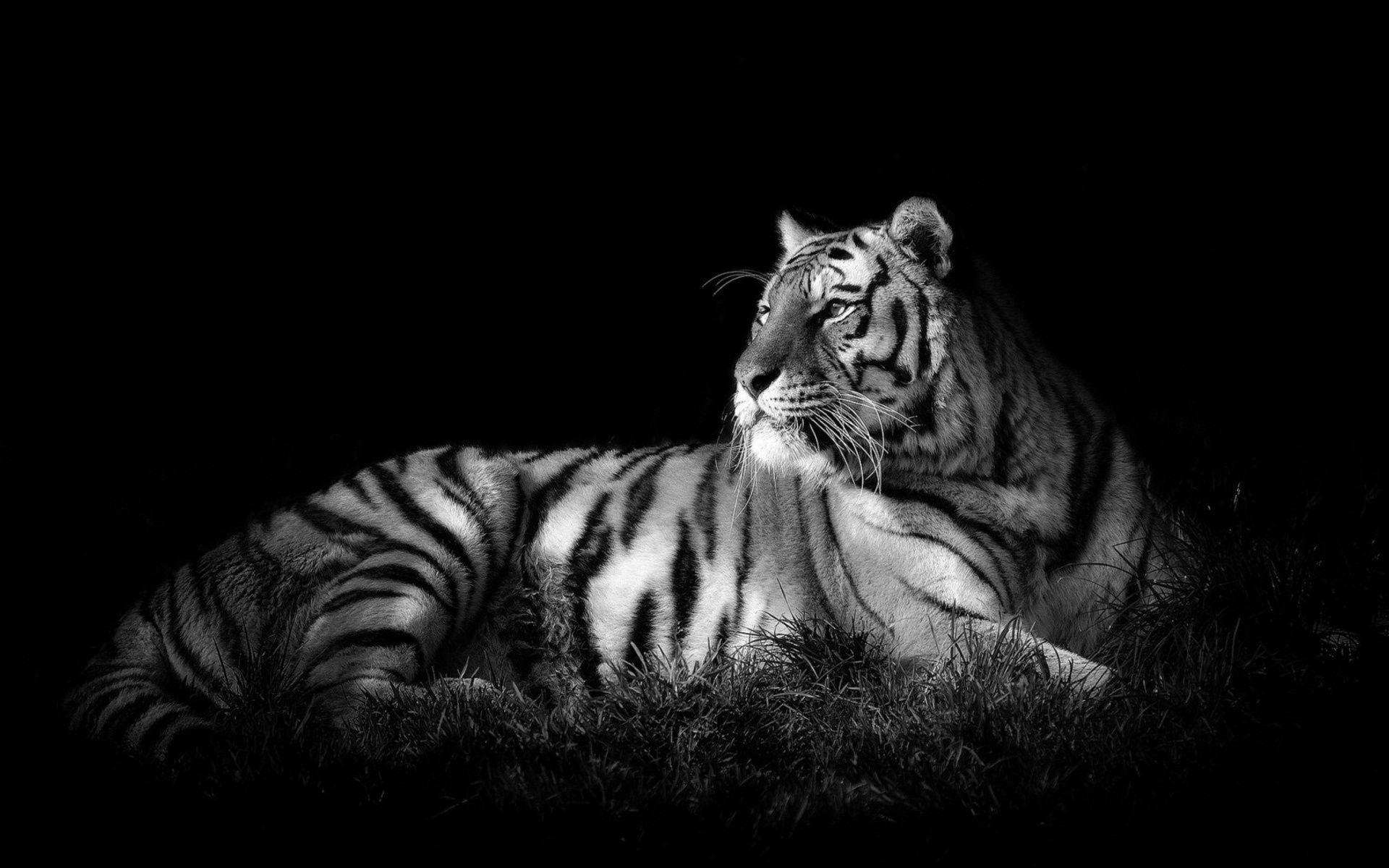

Understanding The Intriguing World Of Black And Tiger: A Comprehensive Exploration
The fascinating world of black and tiger animals captures the imagination of many wildlife enthusiasts and researchers alike. Their unique characteristics, behavior, and the ecosystems they inhabit play a significant role in understanding biodiversity. In this article, we will delve into the intriguing aspects of black and tiger animals, focusing on their differences, habitats, conservation status, and much more. Our aim is to provide a comprehensive overview that not only educates but also inspires action towards wildlife conservation.
In recent years, the conservation of these magnificent creatures has become increasingly important due to habitat loss, poaching, and climate change. As we explore this topic, we will highlight the importance of maintaining healthy ecosystems and the role that black and tiger animals play within them. Additionally, we will discuss how individuals can contribute to conservation efforts and the significance of responsible wildlife tourism.
Throughout this article, we will present reliable data, statistics, and references to establish credibility and trustworthiness. By the end of this exploration, readers will not only have a deeper understanding of black and tiger animals but also be encouraged to join the global effort in preserving their habitats. Let’s embark on this journey together!
Table of Contents
- 1. Introduction
- 2. Understanding Black Animals
- 3. Exploring Tiger Animals
- 4. Key Differences between Black and Tiger Animals
- 5. Natural Habitats of Black and Tiger Animals
- 6. Conservation Status of Black and Tiger Animals
- 7. The Impact of Human Activity on Their Survival
- 8. Conclusion
2. Understanding Black Animals
Black animals, often characterized by their dark fur or skin, can be found in various species across the animal kingdom. Some notable examples include:
- Black Panther: A melanistic variant of leopards and jaguars.
- Black Bear: Found in North America, known for its adaptability.
- Black Rhino: A critically endangered species native to Africa.
These animals often have special adaptations that allow them to thrive in their environments. For example, the black coloration can provide excellent camouflage in dense forests, aiding in hunting and avoiding predators.
3. Exploring Tiger Animals
Tiger animals, particularly the iconic tiger, are one of the largest wild cats in the world. They are known for their striking striped coats and powerful builds. Key species include:
- Bengal Tiger: The most numerous tiger subspecies, primarily found in India.
- Siberian Tiger: The largest tiger subspecies, adapted to cold climates.
- Sumatran Tiger: The smallest tiger subspecies, found only on the island of Sumatra.
Tigers are apex predators and play a crucial role in maintaining the health of their ecosystems. Their hunting behavior helps regulate prey populations, which in turn supports the overall balance of the ecosystem.
4. Key Differences between Black and Tiger Animals
While both black and tiger animals are fascinating, they exhibit distinct differences:
Physical Characteristics
Black animals may have a uniform coloration that aids in camouflage, while tiger animals are recognizable by their distinctive stripes. The contrast in their appearances often reflects their different ecological roles.
Behavioral Traits
Black animals often exhibit solitary behavior, whereas tiger animals may show more social interactions, especially among mothers and their cubs.
5. Natural Habitats of Black and Tiger Animals
Understanding the habitats of black and tiger animals is crucial for conservation efforts. Some common habitats include:
- Forests: Many black animals thrive in dense forests where they can easily hide from predators.
- Grasslands: Tigers often inhabit grasslands and savannas where they can hunt efficiently.
- Wetlands: Some black animals, like black bears, utilize wetlands for food and shelter.
Preserving these habitats is essential for the survival of these species.
6. Conservation Status of Black and Tiger Animals
Numerous black and tiger animals face threats from habitat destruction, poaching, and climate change. Here are some conservation statuses:
- Black Rhino: Critically Endangered
- Bengal Tiger: Endangered
- Black Panther: Not a distinct species, but populations face threats.
Conservation organizations are actively working to protect these animals through habitat preservation and anti-poaching initiatives.
7. The Impact of Human Activity on Their Survival
Human activities, such as deforestation and urbanization, have devastating effects on the habitats of black and tiger animals. Additionally, illegal hunting for fur and traditional medicine poses significant risks.
By promoting responsible tourism and supporting conservation initiatives, individuals can contribute to the survival of these species.
8. Conclusion
In conclusion, understanding the complexities of black and tiger animals is vital for their conservation. By recognizing their unique roles in ecosystems and the threats they face, we can take meaningful action to protect them. We encourage readers to engage in wildlife conservation efforts, whether it's through donations, volunteering, or simply spreading awareness.
We invite you to leave your comments below, share this article with fellow wildlife enthusiasts, and explore more articles on our site to deepen your knowledge about these incredible creatures.
Thank you for joining us on this journey through the fascinating world of black and tiger animals. Together, we can make a difference in the preservation of wildlife for future generations.
Windy City Smokeout: The Ultimate Guide To Chicago's Premier BBQ Festival
Michael Schumacher Now: A Deep Dive Into His Life And Legacy
Fox 13 Memphis: Your Ultimate Guide To Local News And Community Updates


